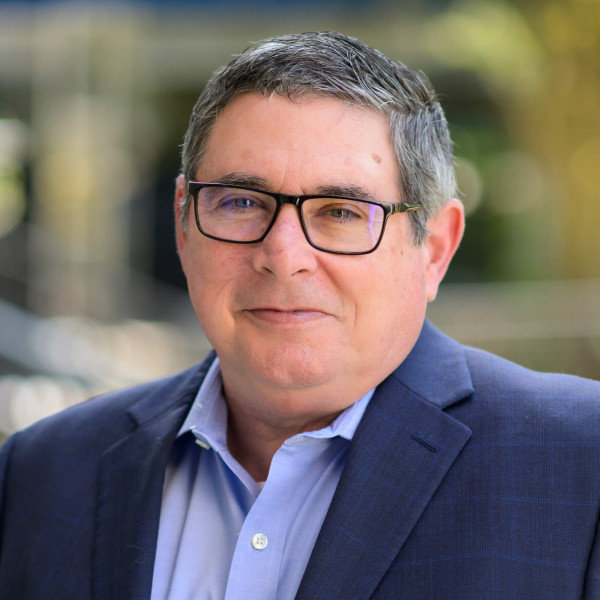
Human Resources professionals often talk about leadership’s view of their role. Until the pandemic, many in HR still felt as though they were left out of the C-suite, as though others did not understand how talent management influences business strategy and the bottom line.
Times have changed. Recently, Tom Siciliano, CEO of Town & Country Event Rentals, talked to HR Exchange Network about this evolving relationship, his view of HR’s purpose in an organization and the importance of diversity, equity, and inclusion (DEI). Siciliano began as a truck driver for Aramark, where he rose through the ranks and became a senior vice president. He has helped lead a number of organizations, including Classic Party Rentals, where he was responsible for $100 million in revenue and more than 1,000 employees in 15 locations east of the Rockies.
When Siciliano was 18 months into his job at Town & Country, there was a recapitalization with another firm. The company was then sold to this new firm. Siciliano is the CEO of the firm working directly for the private equity firm. He sits on the board of directors for both of the entities. Here are his thoughts on Human Resources’ role in a business:
HREN: How do you view talent management’s role when it comes to accomplishing business goals?
TS: Some CEOs value HR as support. Some CEOs value HR’s ability to drive culture. Some say HR does what we tell them to do. They post a job and provide a hire. My approach to HR is threefold. Clearly, I look at the talent piece. The second is obviously a benefits piece to the HR function. With everything going on, having a great health care program for employees shows the quality we want to bring to our employees for their lifestyle. Then, I think the last thing is the compliance piece. We we did a sexual harassment training, and I think we did seven or 10 different sessions with about 100 people per session. During every session, I got up and talked for the first 10 minutes. As a CEO works with an HR-related function within an organization, HR professionals should feel like the CEO is their friend and cares about them and their work.
HREN: While other industries are experiencing layoffs, yours is facing a labor shortage. As a result, you were able to keep your employees when there was a merger. How did that work and what’s it like to manage such a diverse team?
TS: I’ll start with the latter part of your question. The diversity of our team is important. We embrace the diversity of our team because the diversity makes us better as an organization. Our clientele is diverse, the world is diverse. What we’re trying to focus in on is hiring the right employees. When I’m trying to inspire our leaders to bring in people, they look at skills and characteristics. We can teach skills, we can teach people how to lift a box or do an Excel spreadsheet. We can’t teach people how to be passionate, how to have integrity, how to be decisive, how to be determined. We can’t teach that stuff. So, we focus in on those characteristics. But the people must come from diverse backgrounds with different perspectives.
We raise each other up. When one side of the organization is struggling because it is busy, the other side of the organization can lift it up. We’re two companies that are composed of about 1,000 employees. I would say 70% to 80% of our employees are customer facing. We’re delivering to the customers, our salespeople are talking to the customers. So, we need people, who have good attitudes.
READ: HR Guide to DEI
HREN: Many are cutting diversity programs in this time of economic uncertainty. What do you think about that?
TS: Well, I would say to stop looking at the profit and loss (P&L) statement on the labor expense. Start thinking about the bigger picture. I’ll give you an example. Years ago I bought a Harley. Actually, my children talked my wife into letting me buy a Harley. I was going through lessons. You have to look at where you go. If you’re trying to make a turn, and you look down, you’re going to go down. I always use that analogy when I’m talking about people and P&L statements.
If you’re constantly looking at the profit or the EBIT (earnings before interst and taxes) line on your P&L statement, then you are only going to be able to be focused in on that. You need to have a holistic approach to drive the organization.
HREN: Is there anything else you’d like us to know?
TS: My guidance when it comes to HR is to make sure that you’re present. You must constantly be asking the people who are your peers, ‘What can I do to help you?’ HR sometimes works in silos, and that can sometimes be a dangerous thing to a culture. The HR function needs to support the business, and if HR professionals take that approach, then it makes everything easier. If I’m speaking to other CEOs, my guidance would be to allow people to help you. Stop looking at the P&L alone and start looking at the people, because the people are the largest expense on the P&L. Start with the people. The people will make the difference. If the people are engaged and working hard, then that will make the P&L much better.

